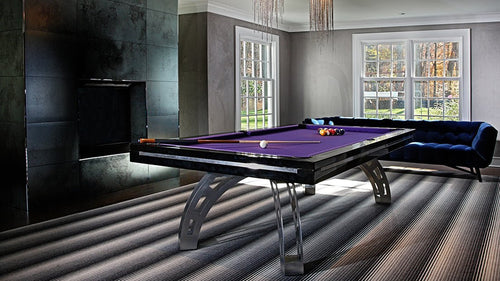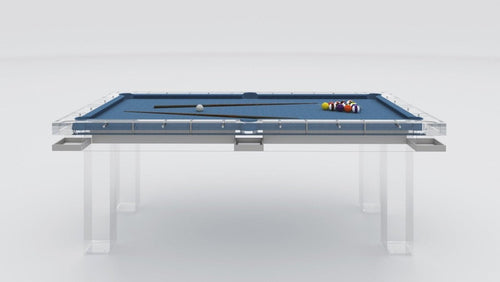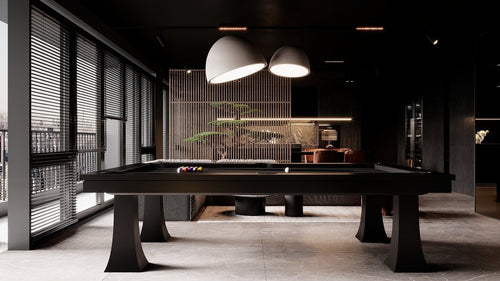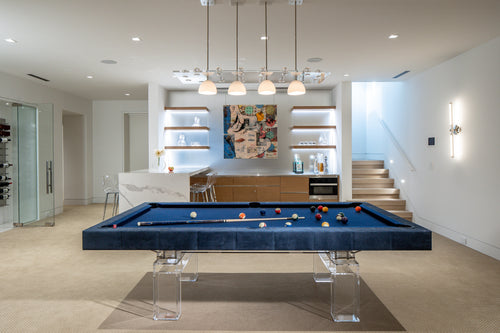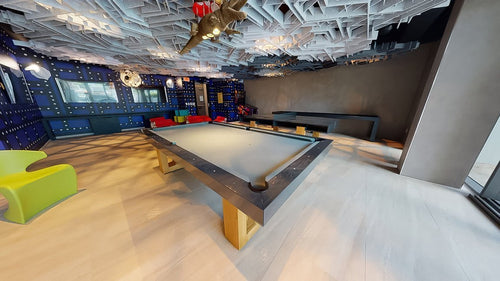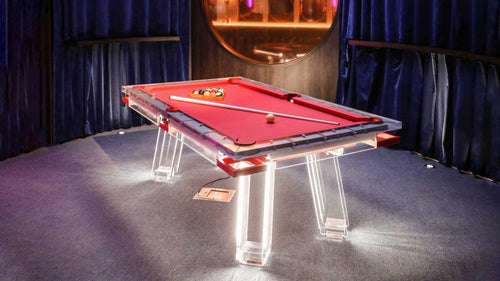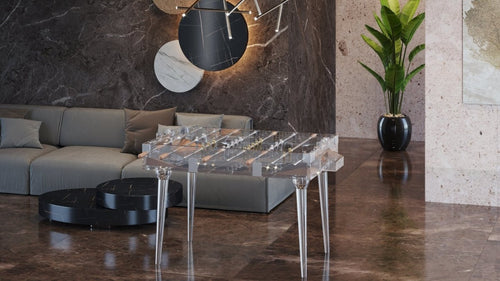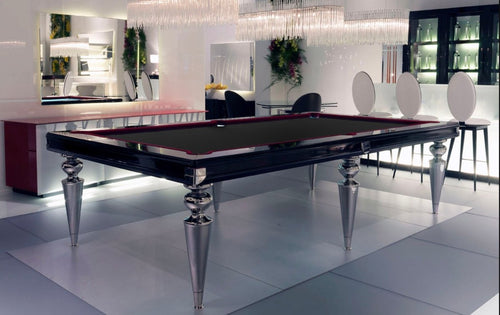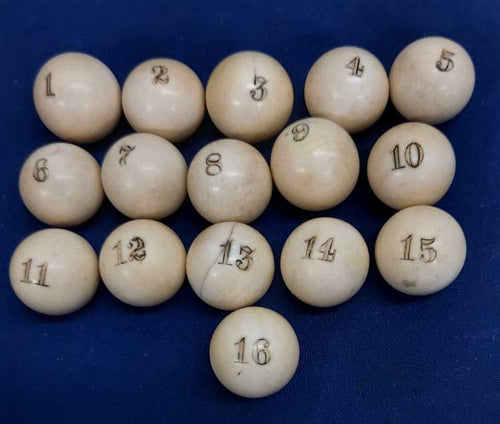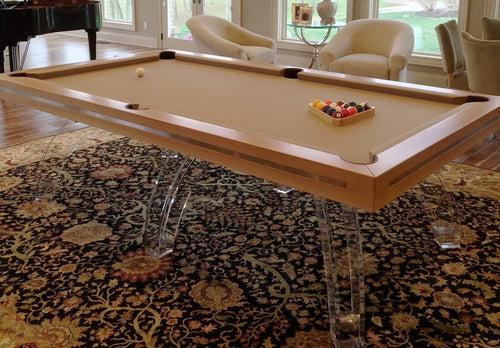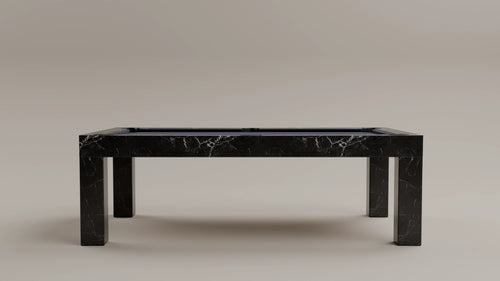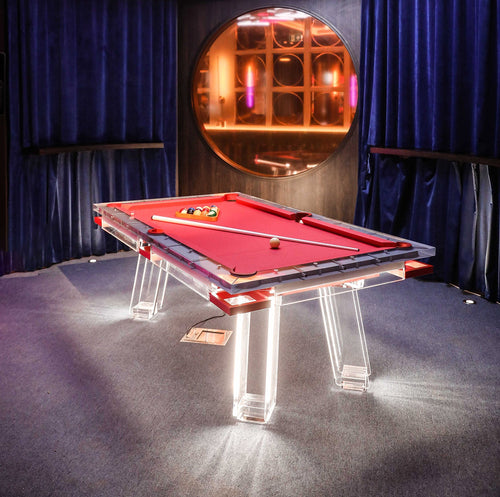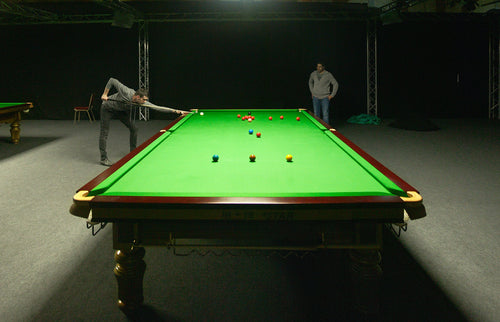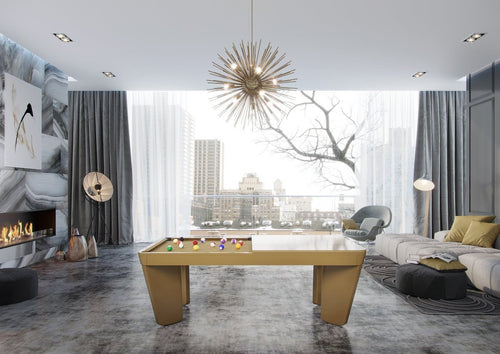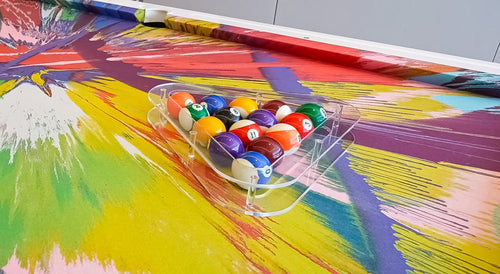Enjoy our modern designs
Estimated Read Time: 8 mins |
The Eighteenth Century in England is largely represented by the Georgian era. This period saw a continuation and development of styles influenced by classical concepts that had been introduced earlier, leading towards the later embrace of Neoclassicism.
The Georgian era of English design, spanning much of the 18th century (c. 1714–1830), is characterized by consistency of character, order and logic in concepts, and elegance and restraint in detail. This sense of unity was evident from major architectural works down to modest row houses.
Houses built for the wealthy during this period featured basically plain, dignified rooms. These interiors were enhanced with ornamental plaster ceilings and decorated fireplace mantels. Furniture in Georgian houses was chosen to be as comfortable and as ostentatious as the occupants might prefer, reflecting wealth and taste. Other interior elements included paintings, mirrors, and increasingly elaborate window drapery.
There was a notable taste for exotic imports, particularly from the Far East, which influenced furniture design. This included the use of actual imports like teak tables and cabinets, alongside English-made furniture featuring Chinoiserie carving and lacquer work. Chinese wallpaper and imported porcelain were also popular.
Handsome Georgian silver and decorative silver table service were favored objects for display. English factories also produced porcelains, with Josiah Wedgwood's Queen's ware being a model of classic simplicity and practicality. Heating was primarily from fireplaces, and lighting from candles, until oil lamps became common late in the century.
While classicism was foundational to Georgian design, a more explicit movement towards Neoclassicism, specifically drawing from Greek rather than Roman precedents, developed in the latter part of the eighteenth century in Europe. This movement was aided by knowledge of actual Greek sites and detailed drawings such as those in James Stuart and Nicholas Revett’s Antiquities of Athens, first published in 1762.
The work of designers like the Adam brothers in the late Georgian period (from the 1760s) is described as an elegant final phase of Georgian design. Their interiors integrated classical forms and decorative styles derived from classical antiquity, such as Etruscan and Pompeian details, which reflected contemporary discoveries and a growing interest in archaeological finds.
This late 18th-century shift towards stricter classicism based on Greek precedents is presented as the origin of the Neoclassicism that strongly influenced the subsequent English Regency period (early 19th century). The Neoclassicism of Regency design "slipped easily" into the more specifically neo-Greek of a revival.
In essence, the English Eighteenth Century, primarily the Georgian era, was a period of classical design principles emphasizing order, elegance, and restraint. While it incorporated various influences, including the exotic and Rococo, it provided the fertile ground for the development of a more archaeologically precise Neoclassicism towards the century's close, especially in the context of drawing from Greek sources and influencing later styles like the Regency and Greek Revival.



